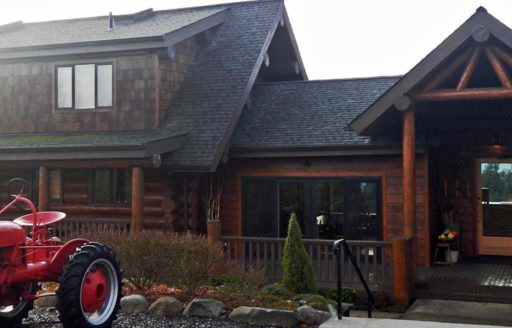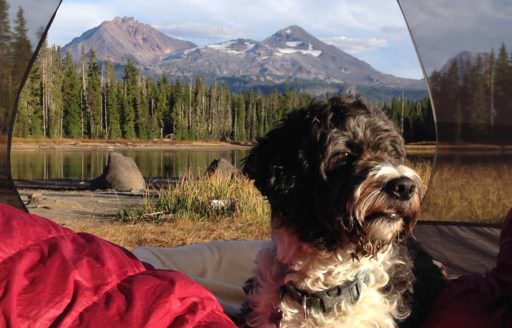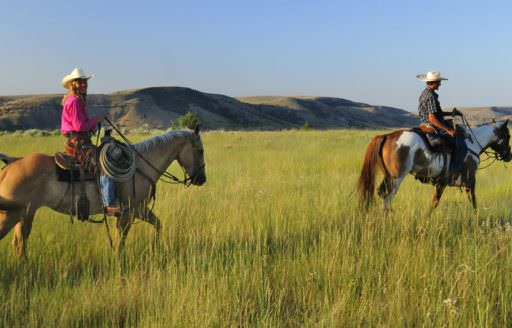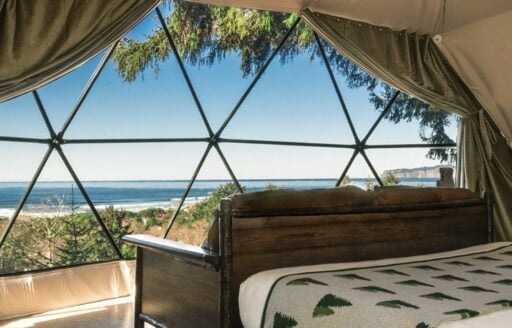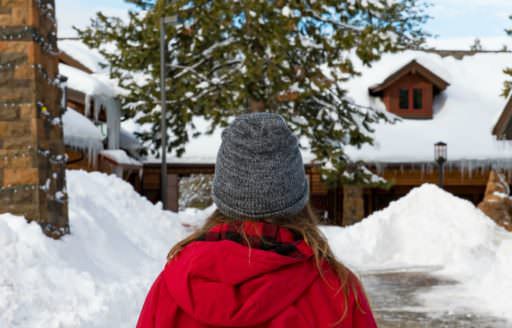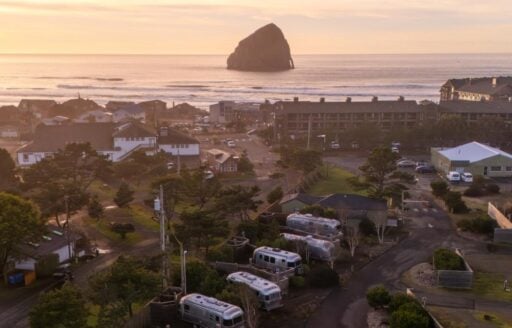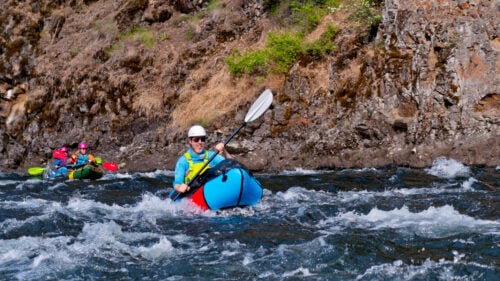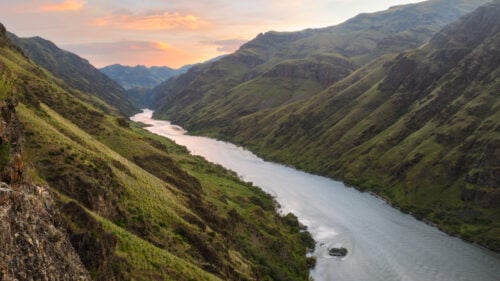Oregon’s high-desert rivers in Central and Eastern Oregon offer unique recreation opportunities all year round, but they’re especially attractive in early fall when school is back in session, the days are growing shorter and cooler, and you find yourself chasing those last few rays of summer.
My brother and I and a group of close friends have made it a tradition to chase summer on the Owyhee, John Day or Deschutes rivers in September and early October when we’re not following fall salmon on the Coast. Of the three desert rivers we like to visit, the Lower Deschutes Wild and Scenic River is the coldest and has more consistent flows in September than the others. Here’s how we make the most of river time in late summer.
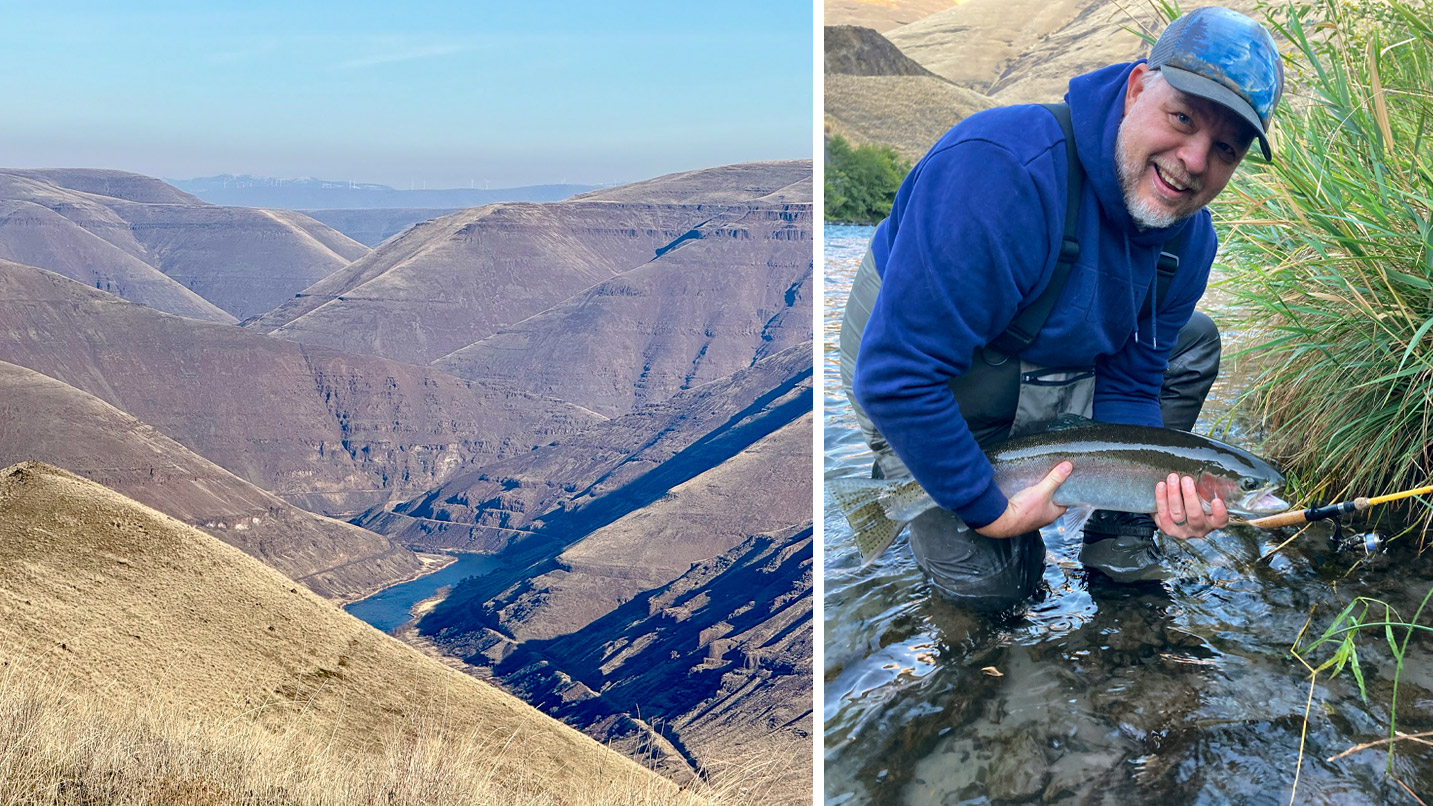
Places to Raft, Boat and Camp Along the River
We’ve found that the Lower Deschutes makes for a great three- or four-day float trip that experienced rafters or boaters can do themselves. We often use rafts or drift boats as a vehicle for our adventures, since most of the time, catching fish is our goal.
In recent years, this section of the river has become a favorite location to fish for summer steelhead at the peak of their run in September, or to just enjoy one last stretch of warm weather and sunshine.
Long-time rafting enthusiast and family friend Alex Scholz, of Silverton, has been leading our trips for more than 30 years.
“We usually do a three-day float down the Lower Deschutes from Buckhollow to Heritage Landing,” Scholz says of the typical chasing-summer trip each September. “But it’s nicer to do it in four, because then you can have a layover day so you can swim or fish or whatever.”
From Buckhollow — which is about a mile northeast of Sherars Falls — to the spot where the Deschutes River meets the Columbia River, Heritage Landing, it’s approximately 42 river miles. This stretch requires the Lower Deschutes River Boater Pass. Handy printed maps are available from the Bureau of Land Management, smart to have in this remote area.
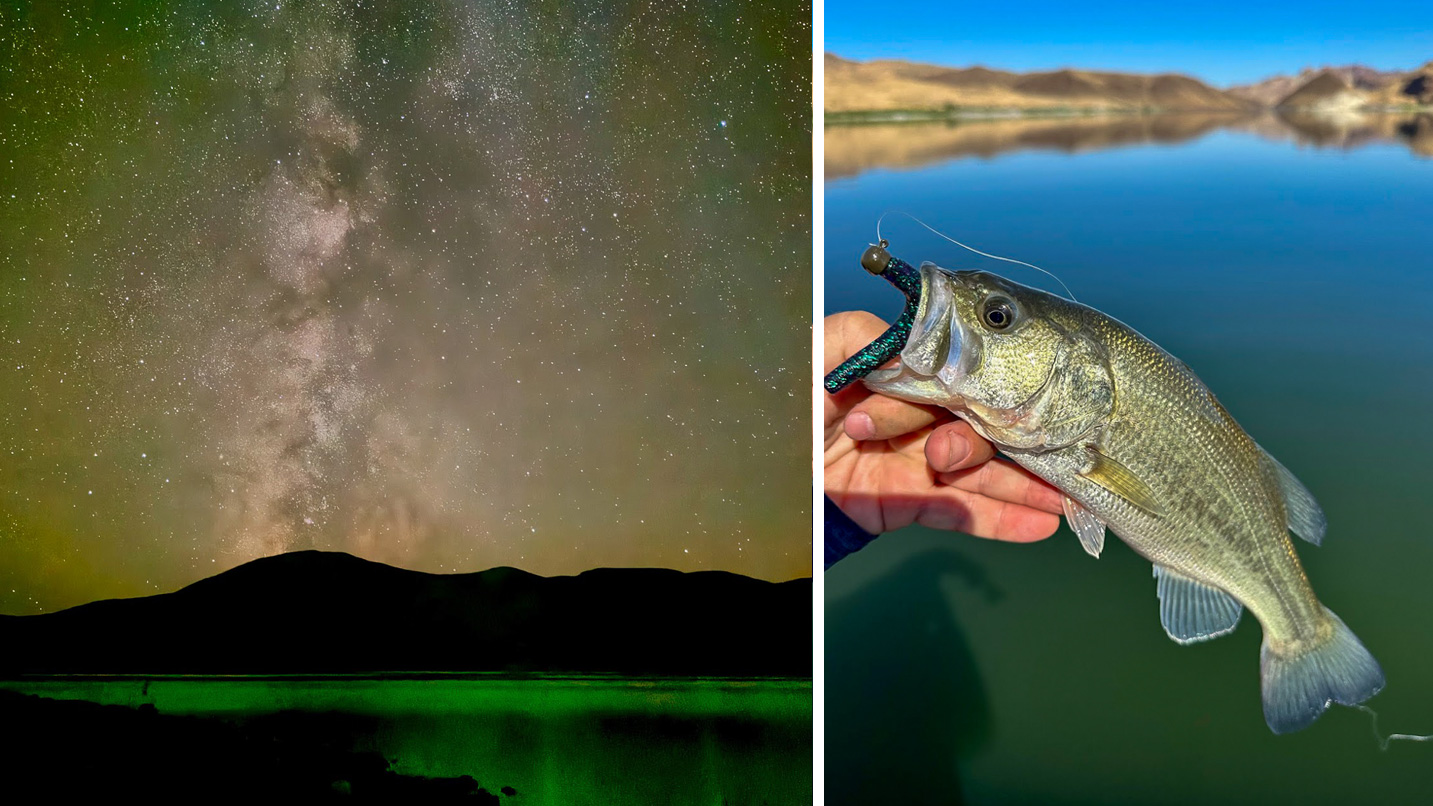
The John Day River is warmer and has much lower flows in September, but there are still good opportunities for day-trip floats or bank fishing for bass around the Muleshoe Campground near Spray, which I’ve done with my pontoon raft or a drift boat. Anglers may want to know that I’ve been successful fly-fishing for bass with wooly buggers, but spinning gear with rubber grubs works just as well.
The Owyhee Reservoir offers good fall fishing for catfish and crappie as well as camping along its many miles of shoreline. For this waterway, I use small chartreuse jigs for crappie and bait hooks with nightcrawlers for catfish. Two popular camping and put-in spots are at Lake Owyhee State Park, which offers incredible views of the Owyhee Dam, or at Leslie Gulch, with towering cliffs and unique rock formations sculpted by millions of years of volcanic activity and erosion.
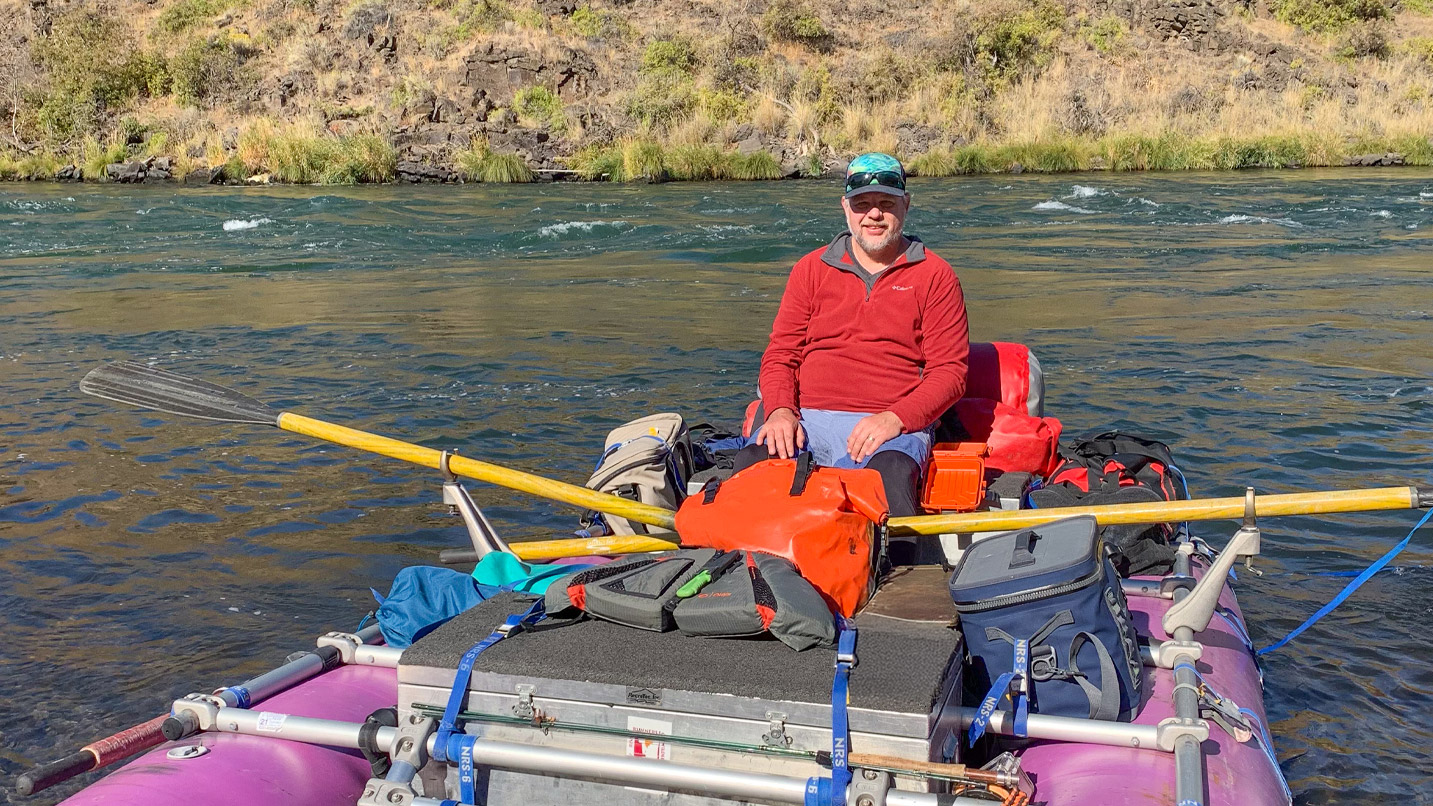
Make the Trip on Your Own or With a Guide
Scholz is an experienced rafter with many years on the water and a shed full of equipment collected over many years, so putting together a rafting trip for family and friends each fall does not require a lot of effort. He’s happy to share tips for newer rafters on the Lower Deschutes.
“You can do it as light as you want or as heavy as you want,” he says. “It’s like car camping but on a river. Rafts can hold a lot of weight, but [remember] you have to unpack every night and repack every morning.”
One consideration is a good camp kitchen, including a two-burner camp stove. Plan hearty meals like tacos and pasta, easy to prepare and transport. One of my own favorite river meals is premade breakfast burritos that you can heat up on the camp stove in the foil they’re wrapped in. Snacks like beef jerky, chips and energy drinks are great for replacing salt lost to sweating on a warm day.
For those who want to do it themselves, businesses like Oregon River Rentals in Happy Valley, southeast of Portland, rent equipment for multiday rafting trips year-round. You can book an inflatable raft and the gear you need, then head out to whatever destination — literally — floats your boat.
“If you’ve never gone rafting, I wouldn’t recommend just throwing a boat in the water and doing it,” Scholz says. “If you’ve never done that section of the river before and have little experience, I would recommend going with someone who has done it before or going with one of the guide services.”
That’s where guided raft trip companies like the Imperial River Co. and River Drifters, both based in Maupin, offer day trips and multiday trips for those who prefer a guided experience or who want to get to learn the river before trying it themselves. Guide services such as these operate on well-known whitewater rivers like the Rogue, Owyhee and Deschutes, as well as provide all the gear, permits, food, water and transportation necessary for a great river trip.
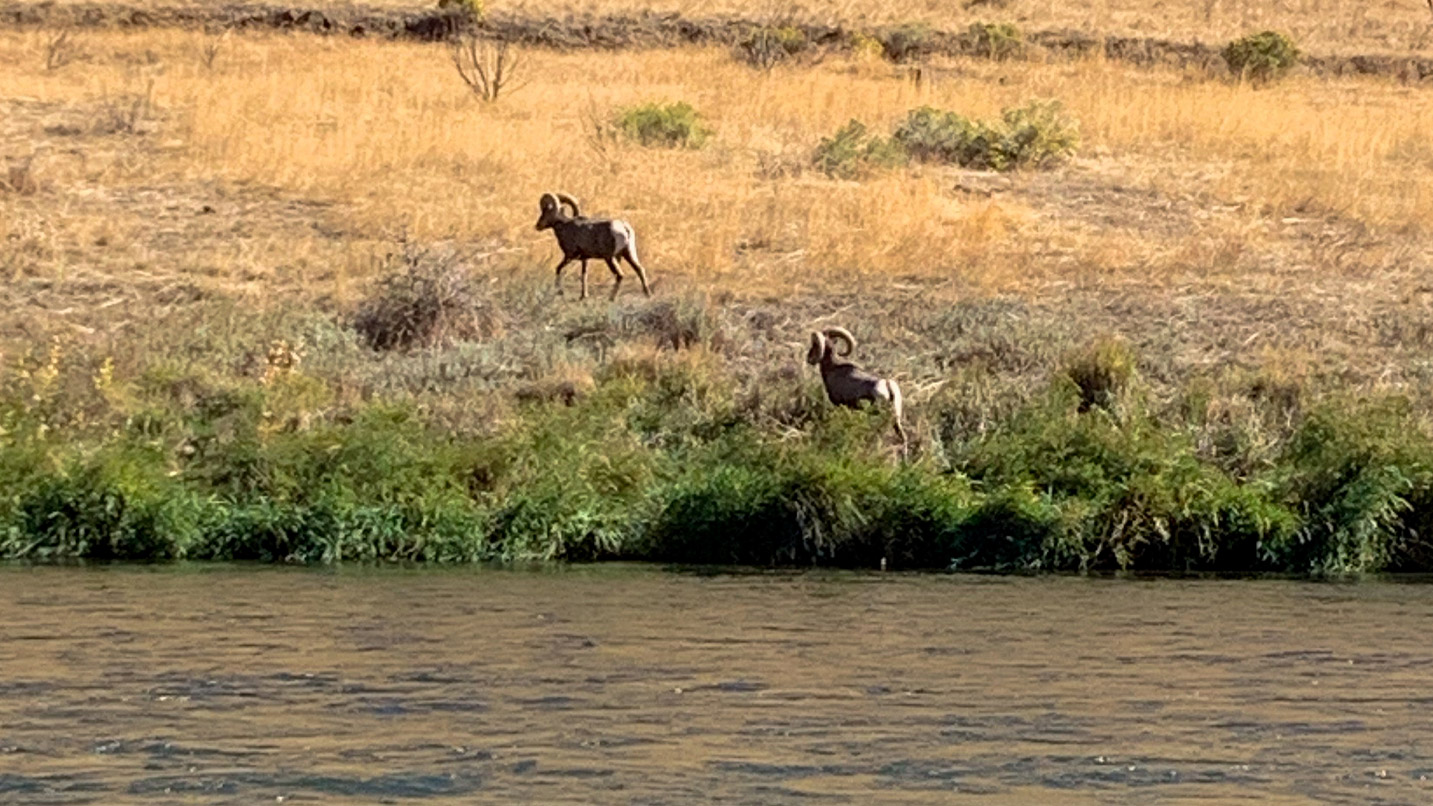
Fish and View Wildlife on the River
Fishing is one of our favorite things to do on the Deschutes River, especially when summer steelhead are running. (Pro tip for anglers: Scholz recommends medium-weight spinning rods with Blue Fox Lures or Rooster Tails, which work for both steelhead and resident rainbow trout.)
“If we’re on a fishing excursion,” Scholz says, “we’ll stop throughout the float, which is typically four to five hours a day.”
It’s important to note that you cannot fish from a boat on the Lower Deschutes, so if fishing is your goal, you’ll need to pull over and fish from the bank or in the water. Waders are recommended, as water temperatures are typically cooler in the fall.
The Lower Deschutes is perfect for wildlife viewing, as rafting typically doesn’t disturb animals as much as motor vehicles. The Lower Deschutes Wildlife Area, which was established in 1983, is 10,198 acres of upland and tributary habitat where rafters can see bighorn sheep, mule deer, river otters, golden eagles and peregrine falcons, among other species.
If You Go:
Good preparation is the key to staying safe while rafting or boating Oregon’s desert rivers. Make sure you check the latest fishing regulations and have a current-year daily or annual fishing license, available online or at sporting-goods stores statewide.
Scholz highly recommends whistles for communication, as well as a range of clothing options. Fall on the Lower Deschutes may be chilly, so bring a splash suit, neoprene booties and wading boots for water activities and layers for cool evenings. Quick-dry clothing is a smart choice, too. Don’t forget sunglasses and sun hats, as well as sunscreen.
Whether you’re swimming, boating or fishing, keep water safety in mind with these simple instructions from the Oregon State Marine Board:
- Never swim alone, know your limits and don’t mix alcohol with recreation.
- Wear a properly fitted life jacket — it’s required for ages 12 and under on boats and highly recommended for others regardless of age, especially in cold water temperatures. Many lake areas have free life jacket loaner kiosks if you don’t have your own.
- When you’re paddling, beware of changing winds or other boats creating large waves or wakes. Know how to maneuver into waves to avoid being swamped.
- Stay close to shore and avoid fast-moving waters if you’re newer to water sports.
- In 2025 paddlers with boats 10 feet and longer are required to purchase and have on hand a Waterway Access Permit, which can be purchased online. In 2026 all watercraft, including boats and paddleboards, will need the permit.



